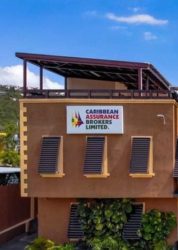Access Financial Services declared an interim dividend of 31 cents per share payable on August 15, 2013 to shareholders on record as at August 9, 2013. The ex-dividend date is August 7, 2013.
This is the first time the company is paying two dividends in one year. The last dividend paid was an interim dividend of $0.65 per share payable on February 27, 2013 to shareholders on record as at February 21, 2013 and related to 2012 profit.
The latest dividend announced will, when paid, bring the dividend payment to 96 cents for the year and will give shareholders a yield of 15.23 percent based on the stock price at the start of the year of $6.30. The Chairman has confirmed that “Access is likely to pay more than one dividend payment for the fiscal year going forward.”
The stock last traded at $8.15, a gain of 29 percent so far. IC Insider is projecting that the stock will rise much further as profit for this year could rise to well over $1 per share.












